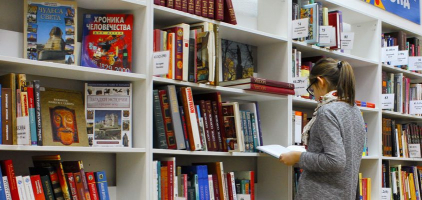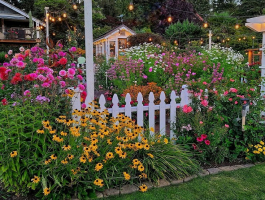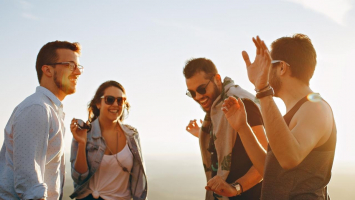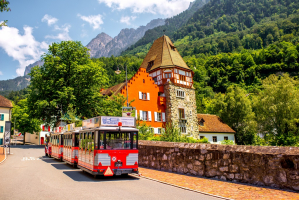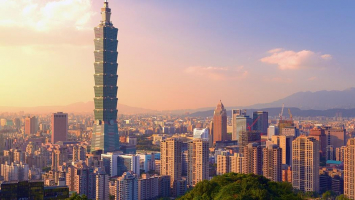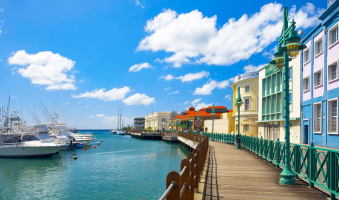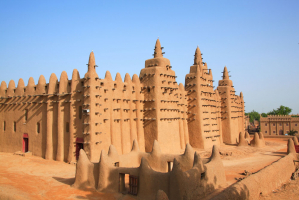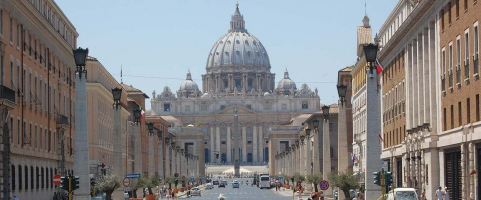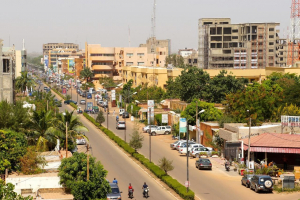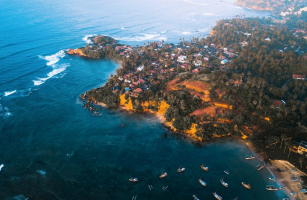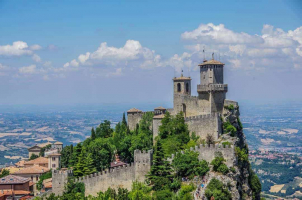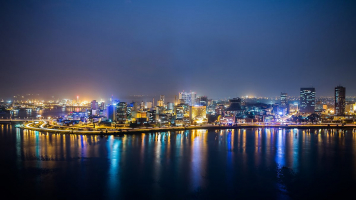Top 20 Italian Festivals You Should Attend Once In Your Life
Anyone of you may enjoy the finest of Italy. During the festival season, you may learn about the country's cultural importance in the finest way possible. ... read more...Because Italians are said to appreciate every moment of their life, they celebrate a variety of festivals on a grander scale and with greater zeal. Planning a trip to Italy during one of the renowned Italian festivals will undoubtedly leave an everlasting impression on your memory. Italy's festivals range from massive processions of residents dressed in gorgeous costumes to savoring foods provided on the street, watching fireworks, competing among various areas, and so on. Here are ten of the most renowned Italian festivals that you should not miss when visiting this European nation.
-
On December 31, people all across the world call for the arrival of il Capodanno, or the New Year. It is especially promising for commemorating Pope San Silvestro's feast day in Italy, a country that already likes festivals.
Capodanno is the Italian word for New Year's Day. On December 31st, you may ring in the New Year 2019 at pubs, restaurants, and even piazzas all around Italy, where you will almost certainly witness firecrackers. Despite the fact that most businesses and restaurants are closed on January 1, keep an eye out for unusual local events. In Venice, for example, there is a traditional swim in the tidal pond. Despite the fact that we generally don't recommend swimming in Venice, there is one exceptional exception if you can endure the hardening water.
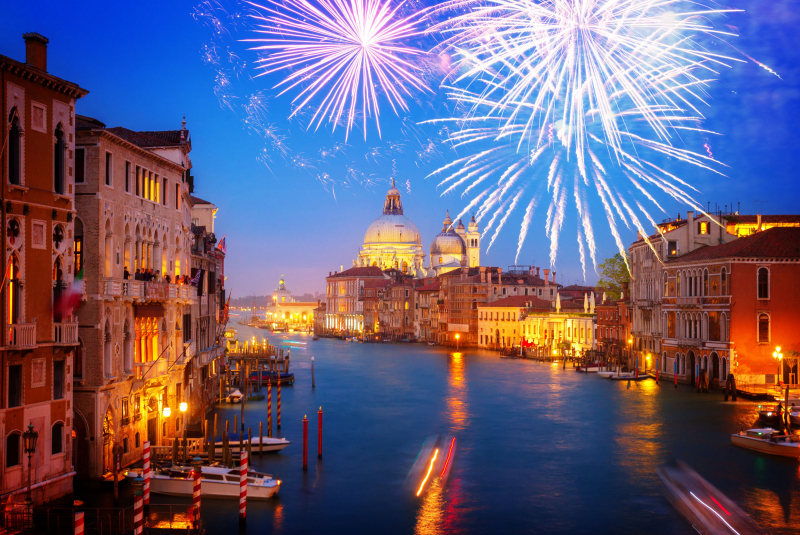
Photo: benvenutolimos Video: A.B.V. Music&Video -
On January 6, people in Italy celebrate the Epiphany, a feast that began in some areas and extended to the rest of the Peninsula, bringing with it local customs and stories as well as substantial religious regard. The adoration of the Magi, who came to Bethlehem twelve days after Christmas by following the comet bearing gifts for the newborn Jesus, is linked to Revelation.
The look, on the other hand, has its roots in pre-Christian and agnostic traditions. As a result, it is a particularly mind-boggling occasion that blends with the character of the places where it is appreciated. On this day, most stores and marketplaces will be closed.
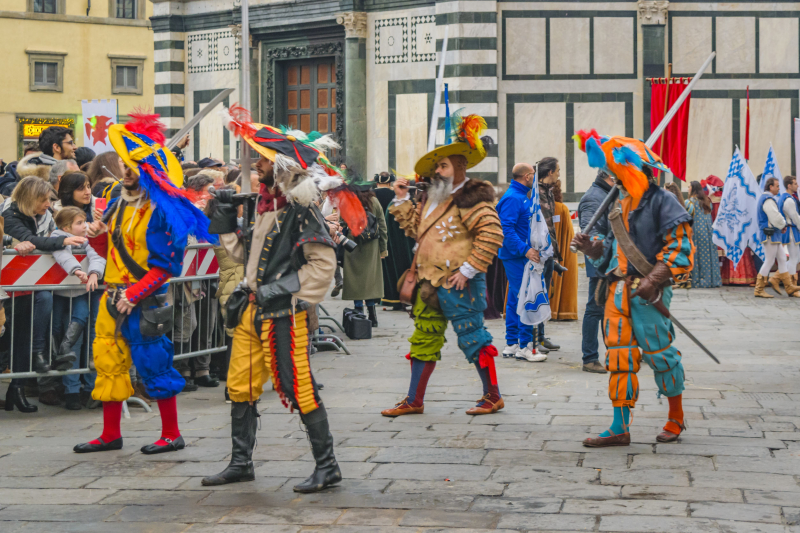
Photo: benvenutolimos -
Carnevale is an Italian celebration that harkens back to Europe's agnostic era. This carnevale is a massive event celebrated all throughout Italy, with the most spectacular taking place in Venice (Carnevale di Venezia).
A common expression for this festival is 'A Carnevale Ogni Scherzo Vale,' which means 'Anything goes at fair.' As a result, depending on where you are, the celebration is marked by a wide range of events.
During the Carnevale, Italy is adorned with great extravagance and magnificence to honor the beginning of Lent (a season in which Christians refrain from celebration and do not consume meat) and Easter. This festival's origins are most likely traceable to the 12th century and the Pagan Festival. Parties, parades, and masquerade balls are held in many Italian towns to keep the residents entertained. While attending the balls may become expensive for visitors, you may enjoy numerous street acts, concerts, and boat parades for free.
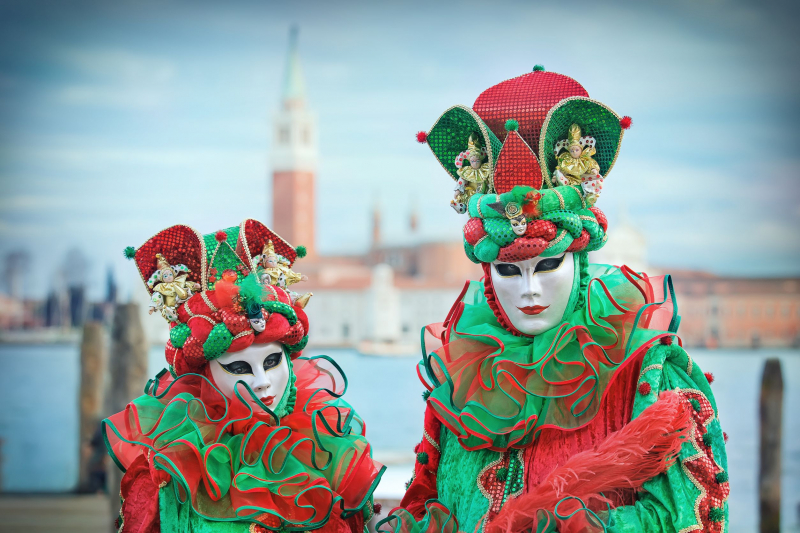
Photo: benvenutolimos Video: Venezia Autentica - Discover and Support the Authentic Venice -
Ravello has been designated as the City of Music and is home to the Villa Cimbrone and Villa Rufolo, as well as the beautiful Oscar Niemeyer Auditorium and a thriving social life, including the Ravello Festival and the Ravello Concert Society.
Ravello is a popular destination for travelers all year, but it is most popular at chosen periods in the spring and early winter for the yearly Ravello Arts Concerts. This is when music lovers fill the vegetation enclosures and food corridors of the historic Villa Rufolo for concerts, far from the hordes of summer visitors. Despite the fact that it began as an ambience music festival, the event has expanded to include jazz. Today, it boasts over 1,750 programs throughout two show seasons, implying that there is something to fit practically everyone's taste.
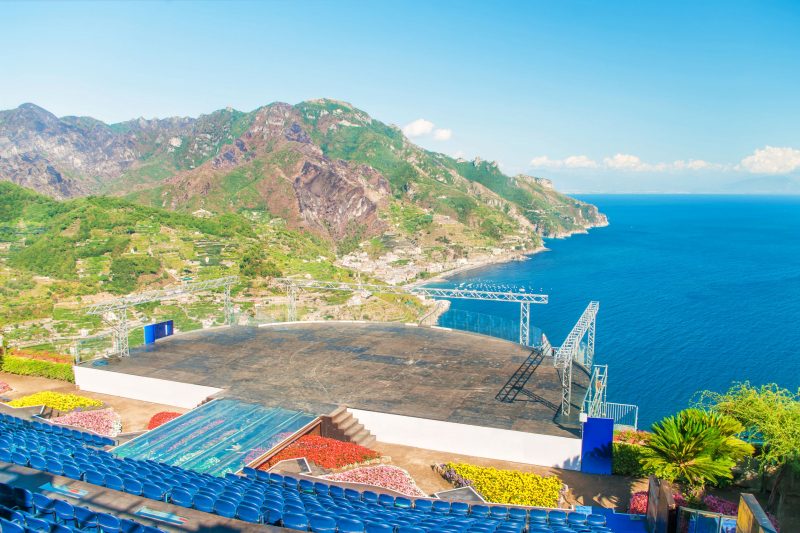
Photo: benvenutolimos Video: Sery Operaclassica -
Easter Sunday is celebrated with many motorcades and events all across Italy, but one of the most famous is unquestionably the Scoppio del Carro in Florence. Actually, the "blast of the truck" is a Florence folklore dating back to the period of the First Crusade, when, as far as anybody knows, a Florentine was the main man who broke the siege of Jerusalem. When the saint returned, he used stone fragments from the Holy Sepulcher of Jerusalem to start a Sacred Fire, which he then marched around the city in a magnificent chariot.
On Easter Sunday, the whole Florence population gathers outside Il Duomo to observe the Scoppio del Carro (Explosion of the Cart). This hundreds-of-years-old tradition culminated with an extraordinarily well-maintained model bird lighting off an incomprehensible firework display outside the place of prayer. A detailed cart built in 1622 is driven by a pair of bulls dressed in laurels through the streets of Florence to the square between the baptistery and the house of worship, where the firecrackers are stored and ended.
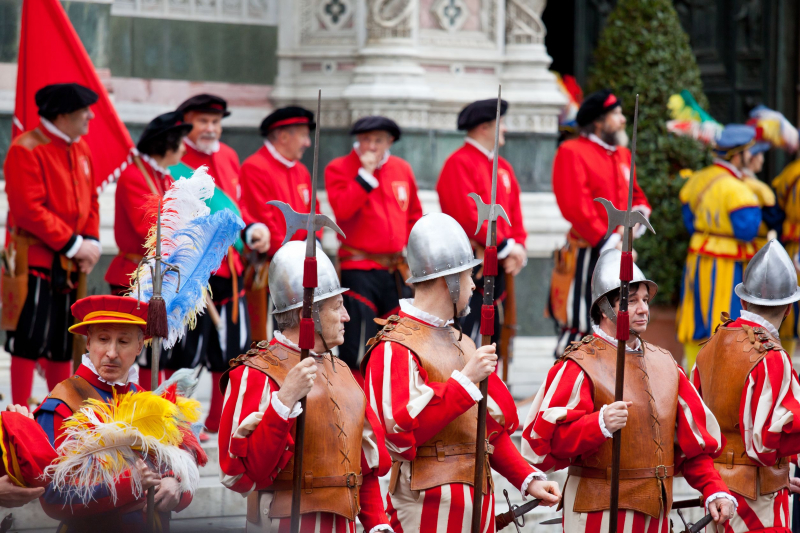
Photo: benvenutolimos Video: Syracuse University Florence -
On Saturday, April 21, 2018, the capital celebrated its 2,771st birthday, with celebrations taking place on both sides of the celebration. The annual birthday celebration, known as Natale di Roma, is based on Romulus' spectacular construction of Rome in 753 BC. The Circus Maximus participates in the traditional birthday festivities and joins the channel tunneling ritual known as the tracciato del solco. When a channel or Mundus was constructed and commitments were thrown into it to entice the perfect animals to watch, the tradition audited the putting up of out of date towns.
The event concludes with a costumed motorcade that begins and ends in the Circus Maximus. The Romans maintain that "favourable conditions," the Italian verbalization for "favorable circumstances!" stems from the twins' good fortune in locating the Lupa. In any event, Romulus and Remus' sitter may have been human: Acca Laurenzia, Pastor Faustolo's companion who seemed to have been a prostitute in the past.
There is no better way to immerse yourself in the city's rich history than by attending this lively Italian event. It is celebrating its 2,772nd birthday this year!
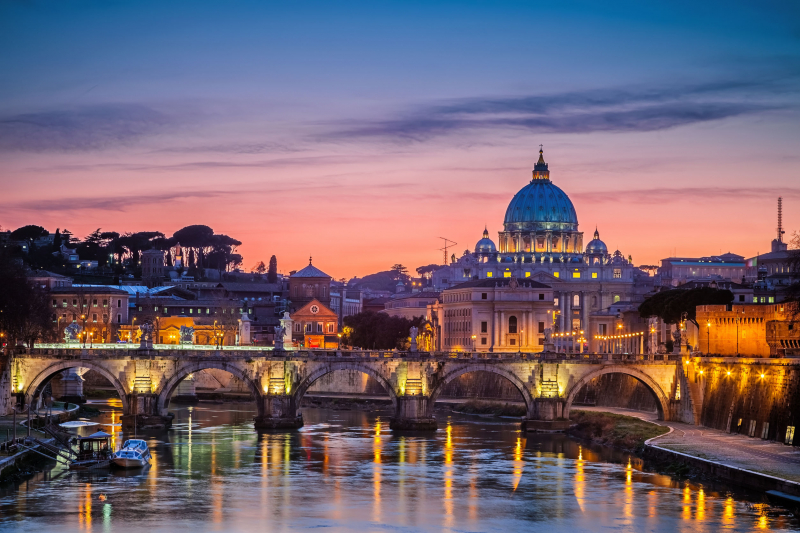
Photo: benvenutolimos Video: DIY Video -
The last few days of May are a time of immense pleasure in Venice, known as the Marriage of the Sea, when the city celebrates its nautical prowess with a massive parade of rowboats from St Mark's to the Port of St Nicol. Thousands of people line the streets to watch the spectacle unfold and to participate in the races, which include small groups competing in stream sprints. The Festa Della Sensa concludes with the congregation of St Nicol, and a market is conducted in the neighboring plaza.
The doge of Venice would regularly board a boat to refresh the city's pledges with its immortal buddy. It's a vainglorious service that has captured the creative powers of artists since the custom began about 1000 A.D., and the 2019 event will take place the final weekend of May.
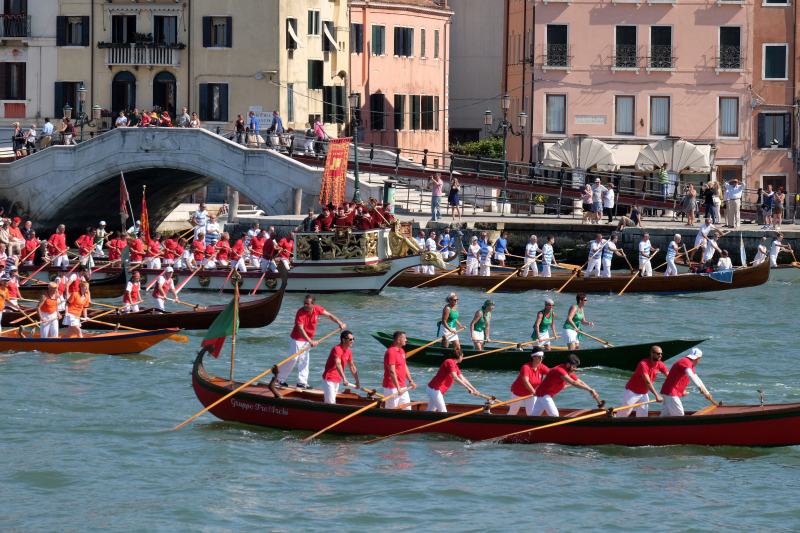
Photo: benvenutolimos Video: Duval Antique -
For a long time, snake catchers (serpari) in the area have competed to see who can catch the most snakes. The unusual ceremony honors St Dominic, whom locals believe fought off attacks from wolves, bears, and illnesses. The snakes, which may grow to be over two meters long, are suspended above a wooden figure of St Dominic and paraded around the streets. Whoever wins the most will be remembered as a legend for a long time.
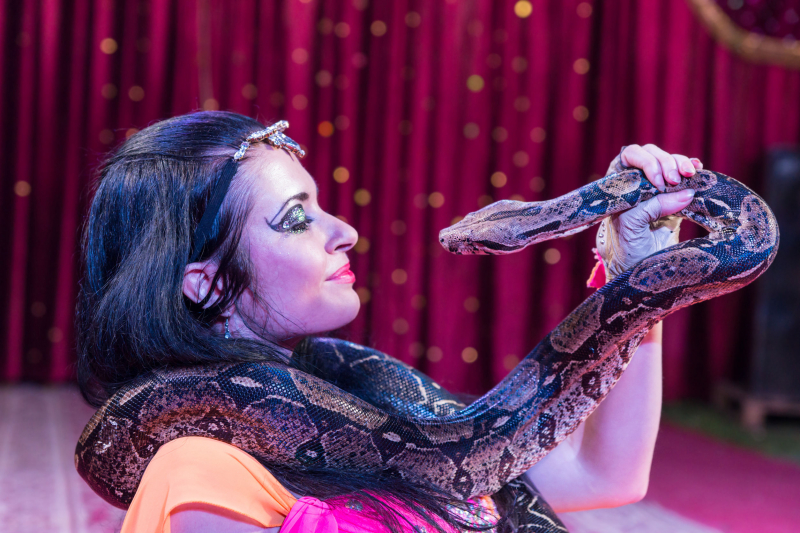
Photo: benvenutolimos Video: Ruptly -
The Bridge Game is claimed to have begun on February 22nd, 1568, when restricted parties from different zones of Pisa competed for the iconic duty for the Bridge over the Arno canal. Unlike now, the fight would usually end in roughness and battling.
The origins of this conflict are murky, and there are several theories as to who started it and why. The most well-known two names are Pelops, the mythical organizer of Pisa who wished to see a remembrance of his local Olympic Games, and Hadrian, the Roman Emperor who needed to see his version of gladiatorial amusements happen on the banks of the Arno.
The current Game of the Bridge, however slightly more refined than the initial nasty occasion, nonetheless detects a concentrated soul among the participants. There is an amazing emphasis on culture and scene, for example, before the combat, a procession of agents from both the north (Tramontana) and south (Mezzogiorno) sides of the Arno canal walks down the stream's banks. Each procession consists of around 300 people dressed in 18th-century outfits and reinforcement, carrying flags of the competing factions.
When the two sides meet, the game begins. The goal of the game is to win as many battles as possible within the circumstances. The battle will be to push a wooden trolley (weighing more than seven tons) into the restricted group's area and so ensure accountability for the scaffold.
Despite the fact that the divergence began on a February day, the annual battle currently takes place on the final Sunday of June.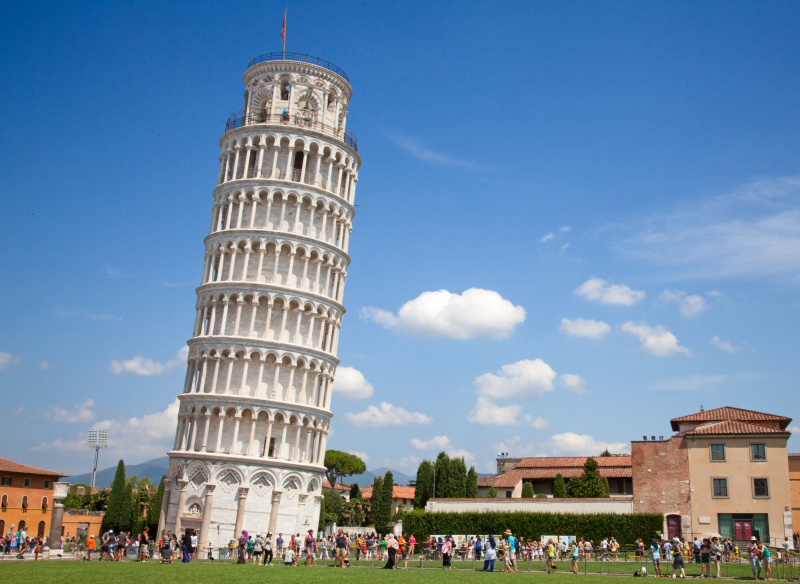
Photo: benvenutolimos Video: Lili Of The World -
Umbria Jazz is a ten-day event held in July in Perugia that showcases the finest of Italian and international jazz, among the Arena Santa Giuliana, the Pavone theater, the Oratorio Santa Cecilia, Piazza IV Novembre, and the Carducci gardens.
Swarms of music lovers flock to the town's charming piazzas, gardens, and wine bars to experience one of the world's most well-known jazz events (occasions are dissipated all through the city).
Perugia, a college town, has a good number of international Italian festivals, for example, the wonderful Eurochocolate and the International Journalism Festival, but there aren't many things more relaxing than a fantastic jazz concert in an equally fantastic environment.
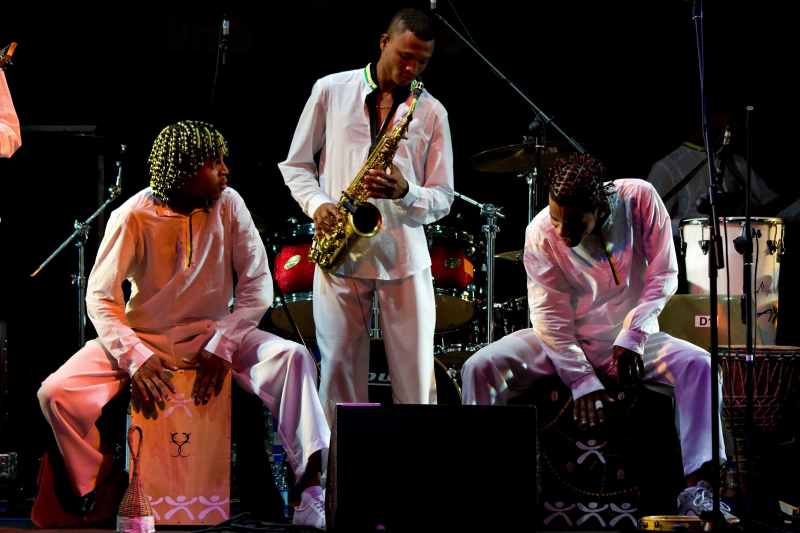
Photo: benvenutolimos Video: Umbriatourism -
Ten stallions and their riders roar around the Piazza del Campo in a terrifying, hair-raising display of equestrian ability in Italy's most famous horse race. The Palio takes place twice a year, and has done so since 1644. In each race, a horse and racer address ten of the city's 17 contrade, or areas, with the chosen contrade changing each year. The effervescent outdoor suppers each Contrada hangs on the night before the race are another fantastic Palio tradition.
The primary racing day of this celebration begins with a special liturgy, horse blessings, and a big parade. Aside from watching the intense race amongst the 17 great riders, you can also enjoy wonderful cuisine at the neighboring vendors.
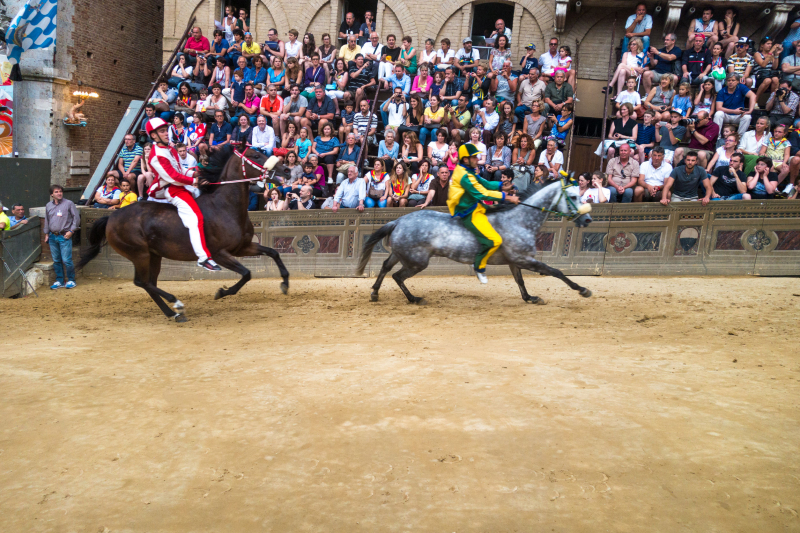
Photo: benvenutolimos Video: On this Day -
From August through September, Venice will host the 76th Venice International Film Festival. The FIAPF has a formal perception of the Festival (International Federation of Film Producers Association).
The Festival's goal is to bring concerns to light and improve the global cinema industry in all of its forms as craftsmanship, entertainment, and industry, with a heart of opportunity and interaction. As part of its dedication to a better understanding of the film's historical context, the Festival also writes reviews and tributes to key personalities.
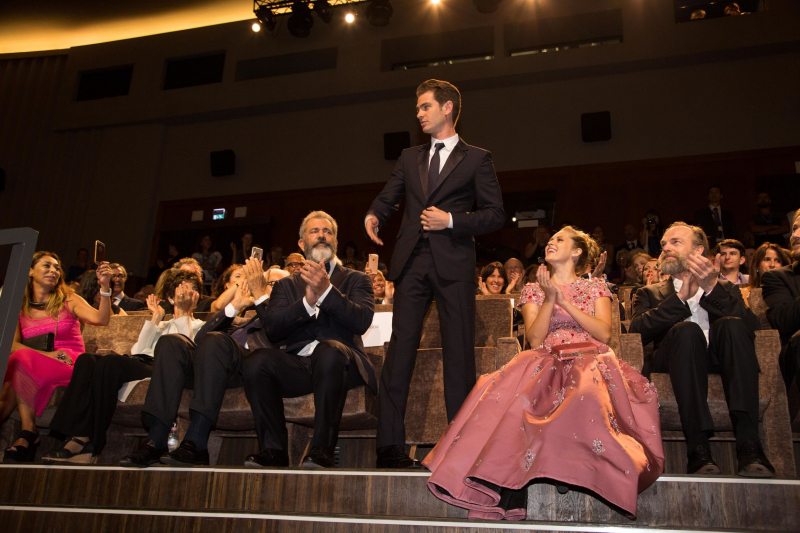
Photo: benvenutolimos Video: CHANEL -
The Regata of the Ancient Maritime Republics is a noteworthy boat race on pontoons known as gozzi, each paddled by a party of eight rowers from one of the four maritime republics: Amalfi, Genoa, Pisa, and Venice. Prior to the regata, there is a spectacular procession with representatives from each republic dressed in traditional medieval attire. Locals costumed in 1489 period attire take part in the boat and gondola processions. Every year, the celebration area is rotated.
Following the event, four distinct races are organized based on age and pontoon type. The most popular event, however, is the "Campioni su Gondolini," in which small, fast gondolas race down the Grand Canal to victory.
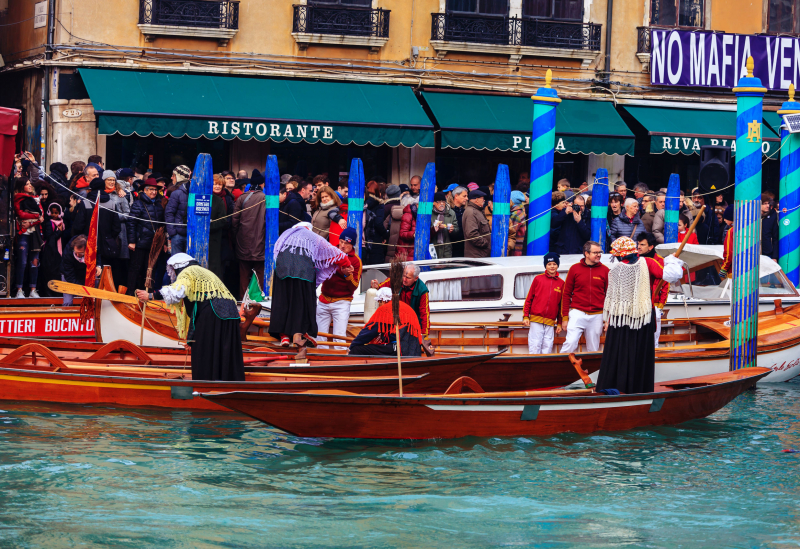
Photo: benvenutolimos Video: Ali Marir -
If you want to visit Naples, Italy in mid-September, make sure to book your accommodation with Benvenuto ahead of time. The Feast Day of San Gennaro, September 19, is the most important religious holiday in Naples, Italy, and it attracts huge crowds of both locals and visitors. San Gennaro, the Bishop of Benevento and saint who was persecuted for being a Christian and was finally beheaded in 305 AD, is the patron saint of Naples.
According to folklore, a lady grabbed a piece of his blood and transported it to Naples, where it melted eight days later. On the morning of September 19, a large crowd gathers in front of the Naples Cathedral and Piazza del Duomo, the area in front of it, to witness the holy person's blood dissolve in what is known as the San Gennaro supernatural occurrence.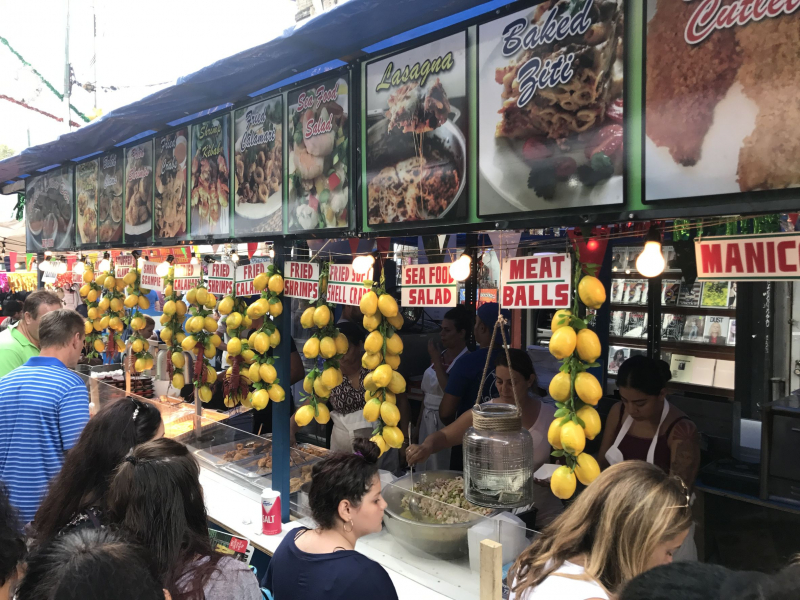
Photo: benvenutolimos Video: Rock Paper Xcissors -
Going to a truffle fair is an unavoidable must for foodies visiting Italy. Alba's white truffle fair and market is a standout amongst the best in Italy, taking place every end of the week from early October to mid-November. The event begins with a night of entertainment and culinary stalls and concludes with the truffle world closeout and a white truffle promenade for visitors. Tuscany, Le Marche, Umbria, Emilia-Romagna, and Molise are among the destinations.
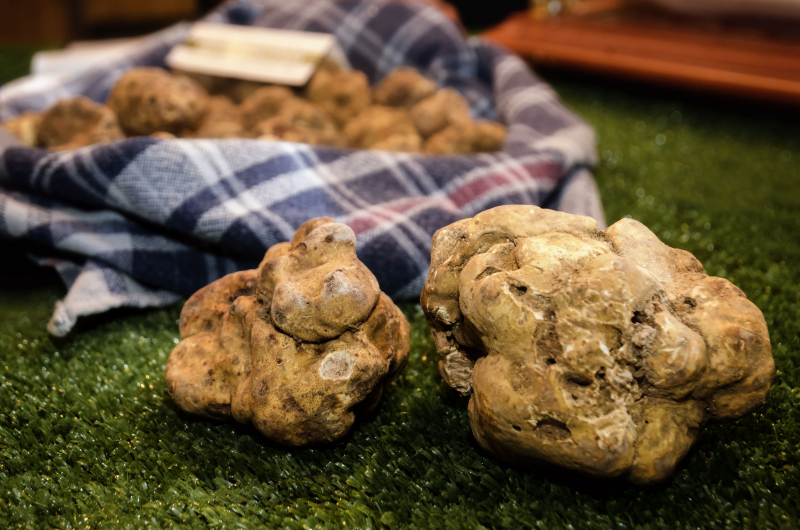
Photo: benvenutolimos Video: Pierfranco Verrua -
Eurochocolate is Europe's International Chocolate Exhibition. One of Europe's largest chocolate festivals, attendees may find various chocolate flavors and cultures from all over the globe, participate in culinary lessons, exhibitions, chocolate-chiselling events, and, of course, buy and enjoy all the chocolate they want!
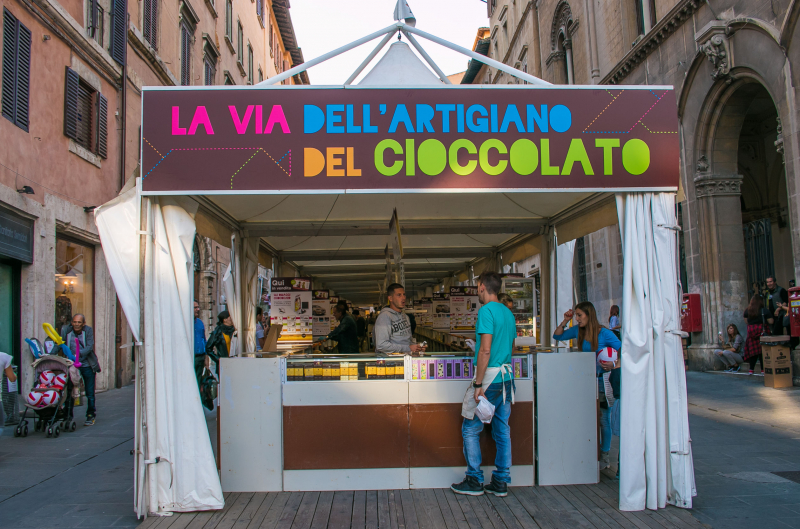
Photo: benvenutolimos Video: Umbriatourism -
In Italy, All Saints' Day and All Souls' Day are celebrated separately on November 1st and 2nd. All Saints' Day, or Ognissanti in Italian, is the feast day of a large number of Catholic Saints, and it is a public holiday, much like Christmas or Easter. On that day, no one works or attends class in Italy. In Italian, All Souls' Day is known as Giorno dei Morti, and it is a day when Italians remember those who have passed away.
In reality, both days have been dedicated to the deceased. On November 1st, it is customary to attend Mass followed by a visit to the burial place. Frequently, Mass is officially celebrated at the graveyard; on other times, Mass is held in the congregation; and after that, there is a march that brings people to the burial field, where the priest favors the deceased.
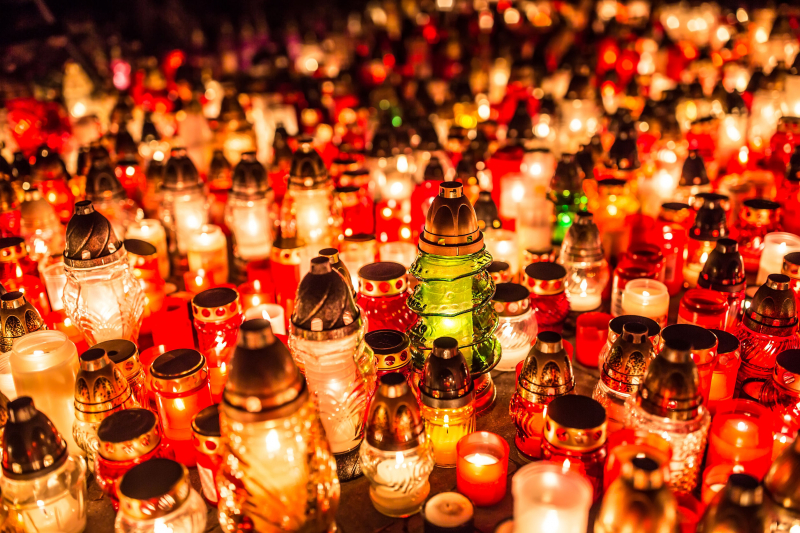
Photo: benvenutolimos Video: Catholic Online -
Oh Bej! Oh Bej! (Gracious Beautiful! Goodness Beautiful!), it's been a long time, has signaled the start of Milan's festive season. The festivities, which begin on December 7, have recently been relocated from the Basilica of Sant'Ambrogio to Castello Sforzesco. Sant'Ambrogio, the patron saint of the city, is honored at this annual Italian festival, which lasts for four days.
This event is ideal if you want to locate a one-of-a-kind Christmas gift while also enjoying some delectable cuisine and exploring Italy from a new viewpoint. Stalls sell anything from snacks and toys to antiquities and flowers. Don't leave without trying the Firunatt, which are traditional strings of smoked chestnuts.
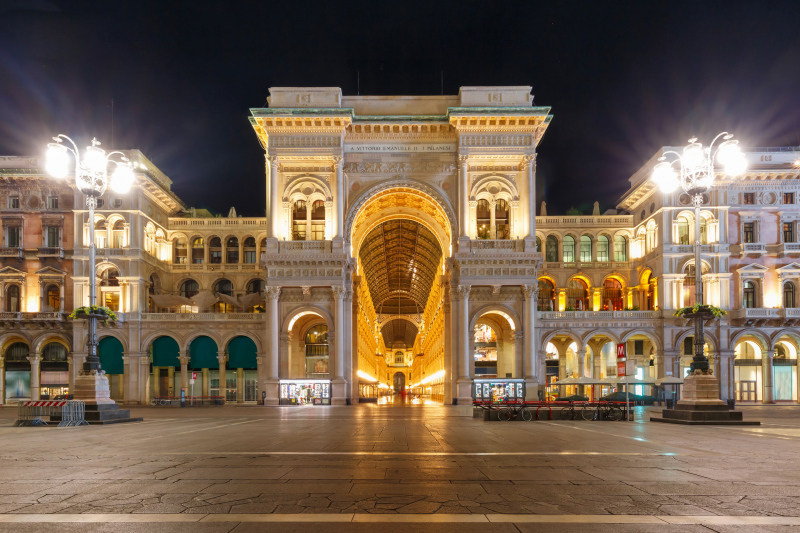
Photo: benvenutolimos Video: TG2000 -
On Christmas Eve and Christmas Day, you may attend a midnight mass in any town in Italy and marvel at the numerous nativity scenes set up in seemingly every spare nook. In places where locals take particular care in their nativity scenes, such as Assisi, some of them may even include real people and animals! Most places are closed on Christmas Day, so if you want to eat out, choose a restaurant ahead of time and reserve a table. The day following Christmas is known as St. Stephen's Day, and it's also an open event in Italy, with banks, galleries, and stores typically remaining closed, so prepare accordingly.
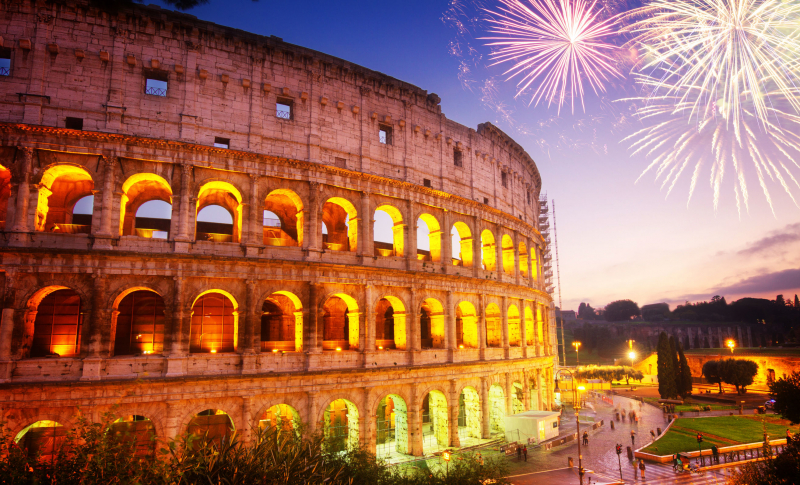
Photo: benvenutolimos Video: DiarioBlu -
Joining the Battle of Oranges, Europe's greatest food war, would be insane but enjoyable. This celebration is noteworthy because it commemorates the uprisings in Italy against the tyrannical king Ranieri di Bankrate. Everyone is separated into nine teams, and they hurl oranges at each other while sprinting through the streets or from the war buses.
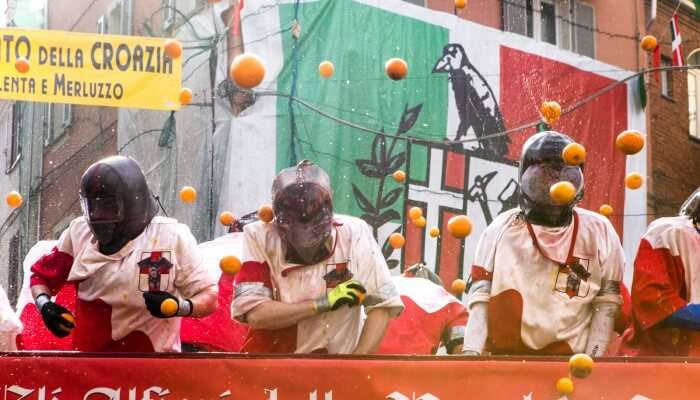
Photo: traveltriangle Video: Fearless & Far






















